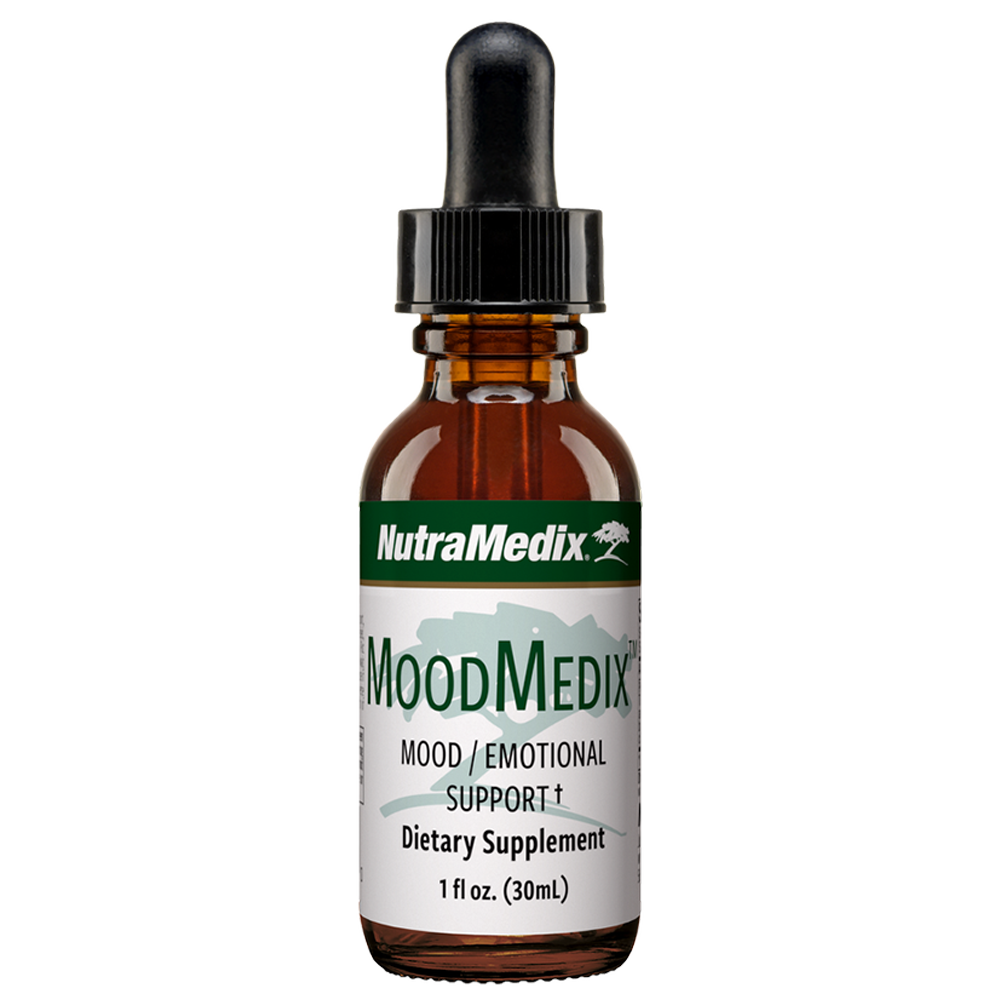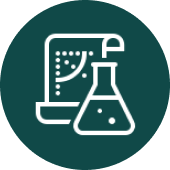1 Ashraf, K., Sultan, S., et al. (2017). International Journal of Green Pharmacy, 11(4).
2 Sanmukhani, J., Satodia, V., et al. (2014). Phytotherapy Research: PTR, 28(4), 579–585.
3 Uchio, R., Muroyama, K., et al. (2019). Nutrients, 11(8), 1822.
4 Batiha, GE-S., Magdy Beshbishy, A., et al. (2020). Applied Sciences, 10(8), 2668.
5 Liang, JH, Wang, C., et al. (2020). Fitoterapia, 147, 104772.
6 Al-Karawi, D., Al Mamoori, DA, & Tayyar, Y. (2016). Phytotherapy Research: PTR, 30(2), 175–183.
7 Fusar-Poli, L., Vozza, L., et al. (2020). Critical Reviews in Food Science and Nutrition, 60(15), 2643–2653.
8 Sheffler, Z., Reddy, V., & Pillarisetty, L. (2021). Physiology, neurotransmitters. Ncbi.nlm.nih.gov. Retrieved May 6, 2021, from https://www.ncbi.nlm.nih.gov/books/NBK539894/.
9 Laban, T., & Saadabadi, A. (2021). Monoamine Oxidase Inhibitors (MAOI). Ncbi.nlm.nih.gov. Retrieved May 6, 2021, from https://www.ncbi.nlm.nih.gov/books/NBK539848/.
10 Yu, ZF, Kong, LD, & Chen, Y. (2002). Journal of Ethnopharmacology, 83(1-2), 161-165.
11 Kulkarni, SK, Bhutani, MK, & Bishnoi, M. (2008). Psychopharmacology, 201(3), 435–442.
12Phillips C. (2017). Neural Plasticity, 2017, 7260130.
13 Wynn, JK, Green, MF, et al. (2018). Schizophrenia Research, 195, 572–573.
14 Yu, JJ, Pei, LB, et al. (2015). Journal of Clinical Psychopharmacology, 35(4), 406-410.
15 Mur, E., Hartig, F., et al. (2002). The Journal of Rheumatology, 29(4), 678-681.
16 Sandoval-Chacón, M., Thompson, JH, et al. (1998). Alimentary Pharmacology & Therapeutics, 12(12), 1279-1289.
17 Allen-Hall L, Arnason JT, et al. (2010). Journal of Ethnopharmacology, 127(3), 685-693.
18 Fan, C., Song, Q., et al. (2019). Frontiers in Cellular Neuroscience, 12, 516.
19 Montserrat-de la Paz, S., Fernandez-Arche, A., et al. (2016). Phytomedicine: International journal of phytotherapy and phytopharmacology, 23(2), 141–148.
20 Núñez, C., Lozada-Requena, I., et al. (2015). Revista Peruana de Medicina Experimental y Salud Publica, 32(4), 643–651.
21 Winkler, C., Wirleitner, B., et al. (2004). Planta Medica, 70(3), 205-210.
22 Snow AD, Castillo GM, et al. (2019). Scientific Reports, 9(1), 561.
23 Mohamed AF, Matsumoto K, et al. (2000). The Journal of Pharmacy and Pharmacology, 52(12), 1553-1561
24 Chuengsamarn, S., Rattanamongkolgul, S., et al. (2012). Diabetes Care, 35(11), 2121-2127.
25 Sharma RA, McLelland HR, et al. (2001). Clinical Cancer Research: An official journal of the American Association for Cancer Research, 7(7), 1894–1900.
26 de Paula, LC, Fonseca, F., et al. (2015). Journal of Alternative and Complementary Medicine (New York, NY), 21(1), 22-30.
27 Kuptniratsaikul, V., Dajpratham, P., et al. (2014). Clinical Interventions in Aging, 9, 451–458.
28 Hou, X.-L., Takahashi, K., et al. (2007). International Journal of Pharmaceutics, 337(1-2), 169-177.
29 Budzinski JW, Foster BC, et al. (2000). Phytomedicine: International journal of phytotherapy and phytopharmacology, 7(4), 273–282.
30 Srivastava, KC, Bordia, A., & Verma, SK (1995). Prostaglandins, Leukotrienes, and Essential Fatty Acids, 52(4), 223–227.
31 Medsafe. (2021). Beware turmeric/curcumin containing products can interact with warfarin. Medsafe.govt.nz. Retrieved March 25, 2021, from https://medsafe.govt.nz/safety/EWS/2018/Turmeric.asp.
32 Jain, SK, Rains, J., et al. (2009). Antioxidants & Redox Signaling, 11(2), 241–249.
33 Jiang, N., Zhang, M., et al. (2020). Pharmaceutical Biology, 58(1), 465–468.
34 Kusuhara, H., Furuie, H., et al. (2012). British Journal of Pharmacology, 166(6), 1793-1803.
35 Nayeri, A., Wu, S., et al. (2017). Transplantation Proceedings, 49(1), 198-200.
36 Somasundaram, S., Edmund, NA, et al. (2002). Cancer Research, 62(13), 3868-3875.
37 Rasyid, A., Rahman, AR, et al. (2002). Asia Pacific Journal of Clinical Nutrition, 11(4), 314-318.
38 Lombardi, N., Crescioli, G., et al. (2021). British Journal of Clinical Pharmacology, 87(3), 741.
39 Lamm, S., Sheng, Y., & Pero, RW (2001). Phytomedicine: International journal of phytotherapy and phytopharmacology, 8(4), 267–274.
40 Chen CX, Jin RM, et al. (1992). Zhongguo yao li xue bao = Acta Pharmacologica Sinica, 13(2), 126–130.
41 Zhou, J., & Zhou, S. (2010). Journal of Ethnopharmacology, 132(1), 15–27.
42 Zhou, JY, & Zhou, SW (2012). Fitoterapia, 83(4), 617-626.












